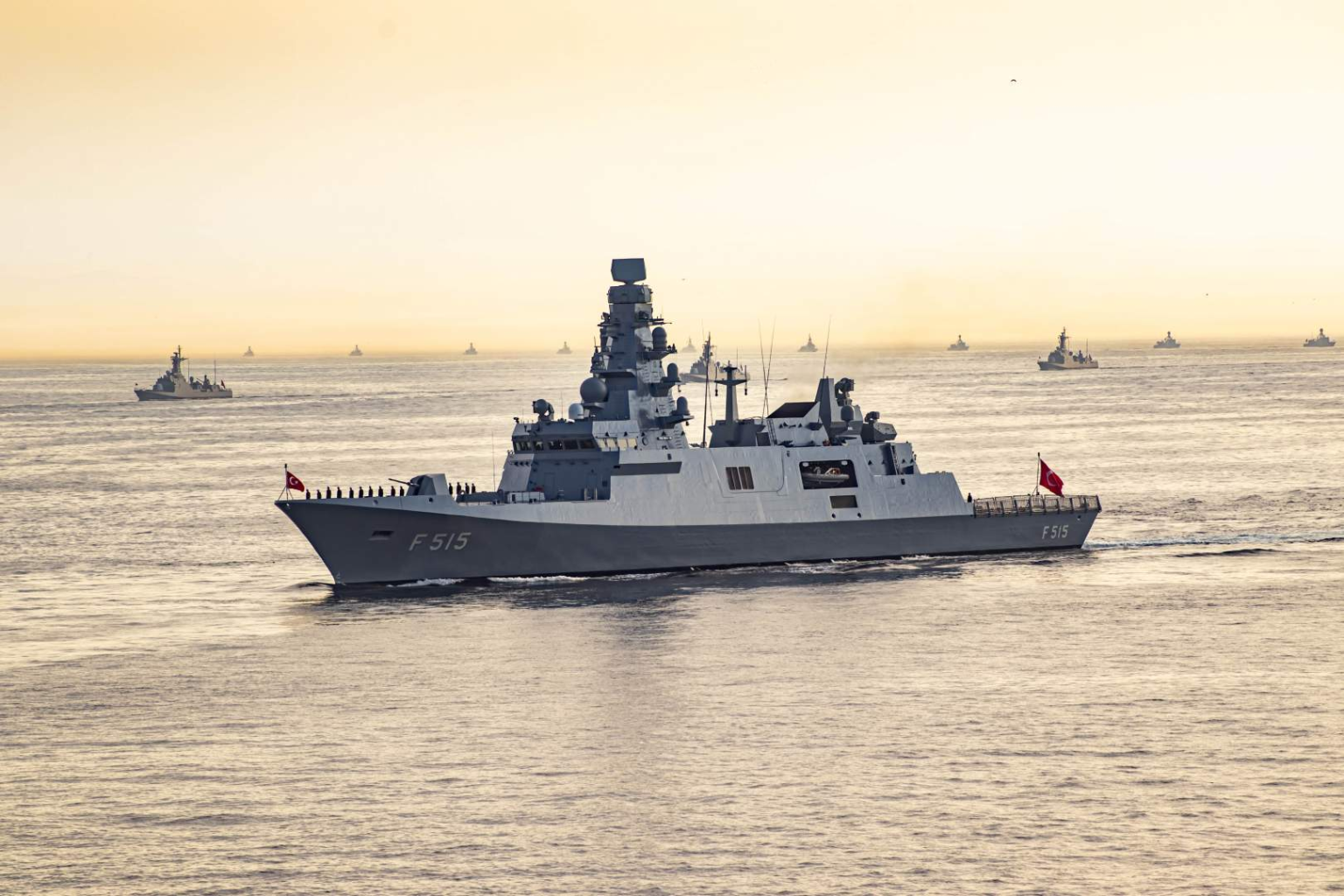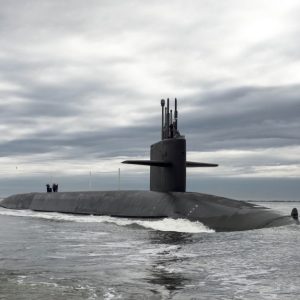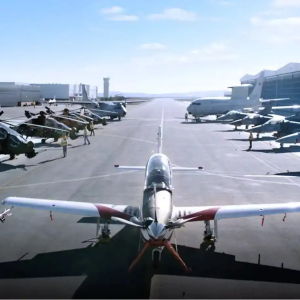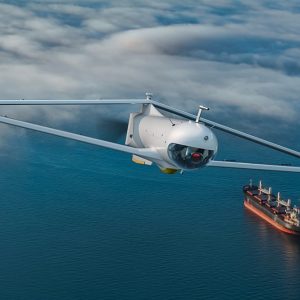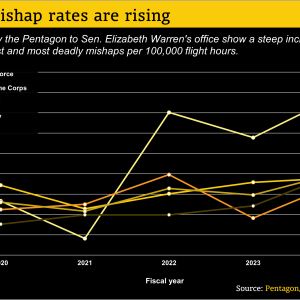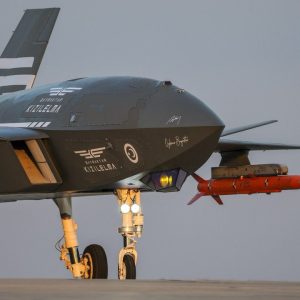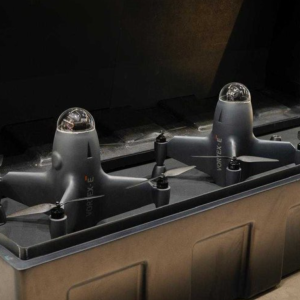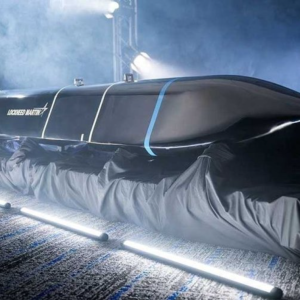Türkiye’s Electronic Warfare USV—the MARLIN SİDA by ASELSAN and Sefine Shipyard—has moved from prototype to fleet tool. It now shifts the cost‑exchange in the electromagnetic spectrum. Commissioned on 19 January 2024 with three crewed platforms, it is widely described as the world’s first electronic‑warfare‑configured USV. As a result, the Turkish Navy can project deception and jamming without risking a frigate.
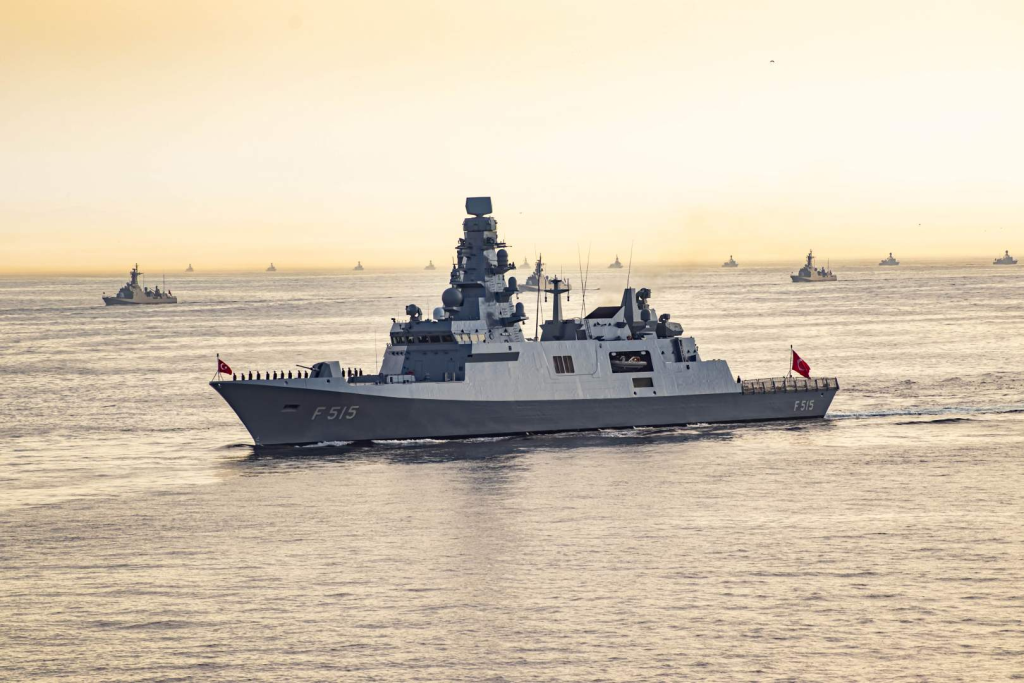
Key Facts (2025)
Role: Off‑board electronic attack/support USV to protect task groups, degrade hostile sensors, and extend EM reach.[4][5]
EW Suite: ASELSAN ARES‑2NC ESM + AREAS‑2NC ECM (false targets; range/angle deception; multi‑modulation techniques).[6]
Platform: 15 m hull, ≥35 kts, ≥72 h endurance, ≥4‑ton payload; SATCOM/LOS/LTE links; containerized control station.[6][7]
Status: Commissioned Jan 2024; integrated with surface warships during Denizkurdu‑II/2024 national exercise.[8]
Trend (2025): Expanded configurations showcased at IDEX 2025 (monohull + trimaran studies; heavier strike loadouts).[9]
Why an Electronic Warfare USV changes the naval game
In contested littorals, the first shot is often electromagnetic. Therefore commanders want emitters that can move, deceive, and survive. By pushing jamming and deception forward on a low‑signature, expendable craft, an Electronic Warfare USV buys standoff for capital ships. It scrambles targeting networks and soaks up enemy reactions. Consequently, kill chains become brittle.[4][5]
MARLIN’s electronic support (ESM) senses and classifies radar activity. Its electronic attack (ECM) then projects false targets and induces range/angle deception. With ≥72‑hour endurance and SATCOM beyond line of sight, a task group can push multiple Electronic Warfare USV nodes ahead. In turn, high‑value units keep emissions low while retaining control.[6]
From trials to fleet integration
Türkiye paired MARLIN’s commissioning with the İ‑class frigate TCG İSTANBUL (F‑515), the fast combat support ship TCG DERYA (A‑1590), and the logistics ship TCG Ütğm Arif Ekmekçi (A‑575) on 19 January 2024. This was deliberate. The navy linked sensors, magazines, and sustainment in one move. During Denizkurdu‑II/2024, MARLIN then operated with surface combatants, which validated multi‑ship EW tactics.[8]
Earlier, NATO’s REPMUS/Dynamic Messenger in 2022 served as the crucible. There, teams configured MARLIN for electronic warfare and demonstrated off‑board jamming to allied observers. Since then, progress has been steady: a KUZGUN‑KY live firing in 2023 for a strike variant; EW‑optimized configs in 2024; and heavier multi‑hull studies signposted at IDEX 2025. Thus, trials have translated into doctrine and hardware.[9][11]
Technical focus: what sits on the mast matters
At the heart of the Electronic Warfare USV sits ASELSAN’s ARES‑2NC (ESM) and AREAS‑2NC (ECM). In simple terms, ARES listens and labels. AREAS then transmits convincing lies. Together they create not only noise but plausible tracks—phantoms, shifted positions, and timing tricks that force caution or waste fires. Moreover, a nimble hull reduces latency and helps place the emitter at the right geometry.[6][7]
The platform is deliberately over‑provisioned. It offers a ≥4‑ton payload, stabilized EO/IR for force protection, and flexible comms from LOS RF to broadband SATCOM. Hence the crew can swap roles quickly: EW escort, bait/deception, or armed picket. In short, the Electronic Warfare USV is a spectrum truck.[6][7]
2025 posture: a broader naval renaissance
The USV is one piece of a thicker playbook. Türkiye added its first indigenous İ‑class frigate in 2024 and launched two more hulls in early 2025. Notably, the fourth frigate, TCG İçel (F‑518), entered the water on 1 September 2025. Meanwhile, TCG DERYA has conducted fuel and solid cargo replenishment at sea with TCG ANADOLU. Together these steps enable sustained mixed crewed–uncrewed operations.[12] The fast combat support ship TCG DERYA has already executed fuel and solid cargo replenishment at sea with TCG ANADOLU, anchoring sustained operations for mixed crewed–uncrewed groups.[13]
For allies and partners, this offers clear collaboration on interoperability and tactics development: integrating USVs into combat system timelines, codifying EMCON and deconfliction rules, and writing playbooks for deception, escort, and picket missions. Türkiye’s test tempo—national exercises and NATO events—gives practical venues to do just that.[4][5][8]
Industrial implications
MARLIN’s architecture is modular by design. This matters for exports and spiral upgrades. Teams can swap payloads without redesigning the hull, add autonomy increments, and tailor the Electronic Warfare USV for coastal defense, expeditionary escort, or critical‑infrastructure protection. Furthermore, IDEX 2025 showings highlighted monohull and trimaran studies with higher strike loads, signaling a family approach.[9]
Pair this with Türkiye’s dense naval ecosystem—combat systems, comms, EO/IR, missiles—and the supply chain risk is lower than for boutique USV startups. The result is a credible path from one‑off demo to serial capability, which is often the gulf in uncrewed programs.
Operational takeaways
First, the Electronic Warfare USV creates distributed risk. If an adversary wants to blind a group, it must now contend with multiple emitters in motion, at different ranges and bearings, with deception tools that punish radar‑centric targeting.
Second, it unlocks economy of force. A 15‑meter USV carrying jammers and decoys can compel an enemy to spend expensive interceptors or expose shooters prematurely—exactly the cost‑exchange you want.
Third, doctrine must keep up. Crews need EW‑centric playbooks that define when to radiate, how to stack deception with cyber/kinetic effects, and how to recover EM surprise after the first exchange.
Related capability on the home front
Türkiye’s broader USV stable is also accelerating. The SANCAR AUSV has completed live‑fire trials and patrol demos, while NATO experimentation continues to stress multi‑domain swarms. In this context, the Electronic Warfare USV becomes the spectrum spearhead. Commanders can now choose to deceive first and fire second.
Conclusion
Two years ago, MARLIN’s EW runs at REPMUS looked like a preview. By 2025, that preview is operational reality. Türkiye’s Electronic Warfare USV now sits inside a wider naval build‑up: new frigates, deeper magazines, and rehearsed tactics. The next edge will come from teaming several USVs and treating deception as the opening maneuver, not the side show.
Further Reading
SANCAR AUSV live‑fire trials · REPMUS & Dynamic Messenger 2025 · Defence industrial base readiness
References
[1] Naval‑Technology: Erdoğan welcomes world’s first EW USV (Jan 22, 2024)
[2] DefenseNews: Turkish navy receives USV and three ships (Jan 19, 2024)
[3] NavalToday: Türkiye welcomes first national frigate & more (Jan 22, 2024)
[4] NavalNews: MARLIN USV—EW payload focus at NATO trials (Sep 2022)
[5] Defence Turkey: MİR USV & MARLIN AUSV overview (2022)
[6] ASELSAN: MARLİN EW‑100 product page · MARLİN EW‑100 brochure (PDF)
[7] MARLIN AUSV technical sheet (May 2023)
[8] Janes: MARLIN deploys with surface warships (Jun 2024)
[9] EDR: MARLIN at IDEX 2025—mono/trimaran studies (Feb 2025)
[10] NavalNews: Four new platforms commissioned (Jan 2024)
[11] NavalNews: MARLIN fires KUZGUN‑KY (Apr 2023)
[12] NavalNews: 4th İ‑class frigate launched (Sep 2025)
[13] TurDef: TCG ANADOLU–DERYA first replenishment at sea (Nov 2024)
Internal Link: [Internal‑1] SANCAR AUSV live‑fire trials — defenceagenda.com/sancar-ausv-live-fire-trials/ · [Internal‑2] REPMUS & Dynamic Messenger 2025 — defenceagenda.com/repmus-dynamic-messenger-2025/

